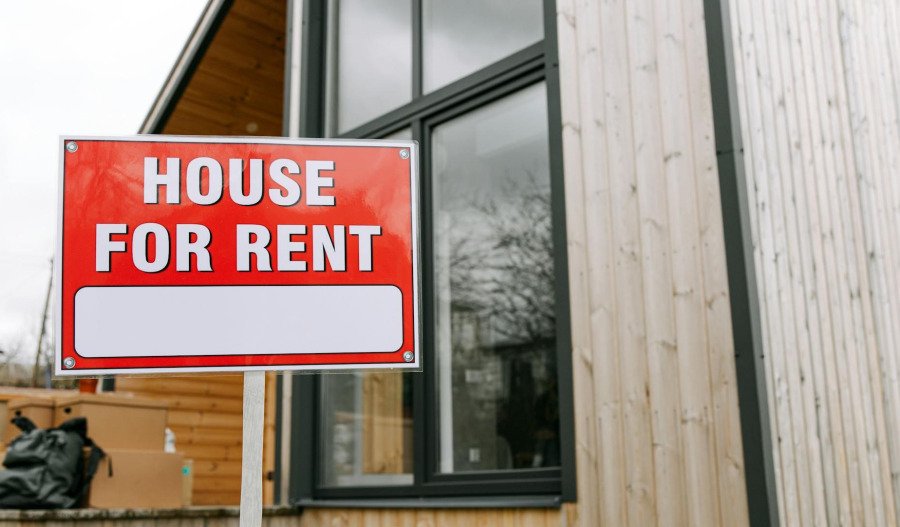Agriculture property values in Australia have grown by more than 2.5 times over the past two decades, outpacing housing.
Property values in agriculture have risen by an average of 256% in the last twenty years, with 12.8% annual growth, according to a report by the Australian Property Institute (API). Housing property values have increased by 154% over the same period.
“The great untold story of Australian housing over the past two decades has been the resurgence of the nation’s smaller cities over the larger ones, in the quest for investment returns on the family home,” said API CEO Amelia Hodge.
“But while most Australians aspire to own their own home, they are also indirect owners of critical farming, industrial and commercial infrastructure, through Australia’s $4 trillion compulsory superannuation sector. This proves the vital role property investment plays in not only our working lives but also in our retirements.”
The growth of industrial property values also outpaced housing, increasing by 164%. Commercial property values rose by 143% over the previous twenty years.
The highest performing property region in Australia is Wimmera, Victoria, according to the report. Wimera saw an average property price increase of 802% across sectors over the last two decades.
Farming property values rose by the most in Tasmania at 689%, followed by Victoria and Queensland.
Australia’s residential property market is now worth more than $11 million, the API said.
Capital city housing prices saw the highest growth in Adelaide at 175%, with Hobart and Sydney both posting growth rates above 170%. Brisbane and Melbourne’s prices each increased by 169%.
Regional housing prices increases also exceeded several capital cities, particularly in Queensland areas like Coolangatta and Broadbeach-Burleigh. The average price increase among the top 10 regional areas was 137%, below capitals like Adelaide and Hobart, but above Perth and Darwin.
Across Australia, the amount of annual ordinary time earnings needed to buy a home has increased significantly. In 1975, around 3.4 times a buyer’s average annual ordinary time earnings was required, and has now reached 8.1 times nationwide.
Related content



